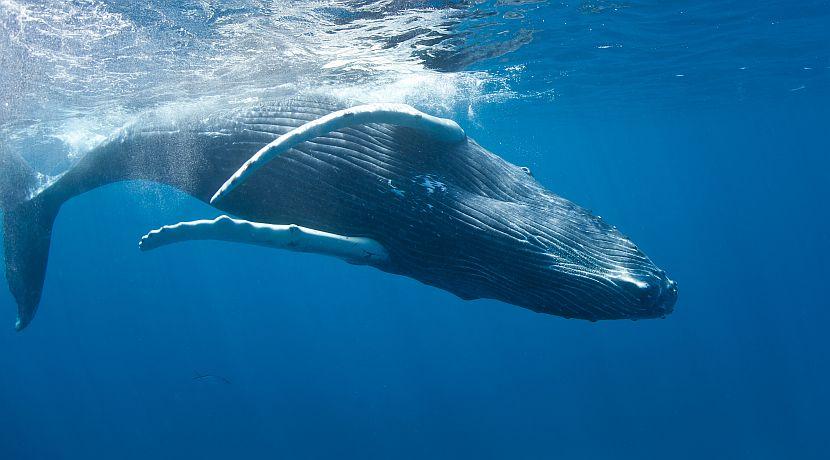Threatened Species Day is a day marked around the world, but it has its origins in Australia. The aims of the day are to learn about mistakes from the past, and to highlight and promote current threatened species. The day takes place on 7 September each year.
It was set up to commemorate the Tasmanian tiger. It became extinct in 1936 when the last living member of the species died.
The story of the Tasmanian tiger is a tragic one, but it is one that is familiar to many conservationists working to protect endangered species today. The story is one of loss of habitat and human-animal conflict.
The Story

Picture Credit: By Baker; E.J. Keller. - Report of the Smithsonian Institution. 1904 from the Smithsonian Institution archives. Published example other information: [1], Public Domain, https://commons.wikimedia.org/w/index.php?curid=58...
The Tasmanian tiger was a carnivorous marsupial that was the size of a large dog. It resembled a wolf or a dog more than a tiger, except for the tiger-like stripes on its back. It once lived on mainland Australia as well as New Guinea, but by the time Europeans settled in Australia, it only resided in Tasmania.
The settlers disrupted the natural habitat of the Tasmanian tiger. Disease was introduced, as were large dogs, and the reduction in the natural habitat led to less prey. The biggest threat to the Tasmanian tiger, however, was the direct threat to it from humans. It was widely blamed for killing livestock owned by farmers, so the government paid people to kill them. That was in 1888, and it didn't take long for the population to be wiped out.
The last known Tasmanian tiger is a tragedy in itself. It was captured in 1933 and brought to Hobart Zoo where it survived just three years. Many experts believe it died of neglect.
Lessons Learned
This story of the Tasmanian tiger is what the organisers behind Threatened Species Day want to highlight. The day is about remembering how people impact on the habitats, prey, feeding areas, and breeding areas of animals all over the world. It also aims to highlight how actions taken to protect the livelihoods and food supply of people can have a drastic impact on animal and plant species if proper care is not taken.
The Tasmanian tiger is central to Threatened Species Day, but it is not just about animals. Around the world and in Australia in particular, species like plants and fauna remain under constant threats that are just as severe as the more well-known ones faced by animals.
What Can Be Done?
The central message of Threatened Species Day is that just about every threatened species on the planet can be saved if effective measures are put in place. This is done by first understanding the animals and the issues involved, and then by taking action.
Many of these actions have to be undertaken by governments and large conservation organisations. This includes doing things like making hunting illegal in the parts of the world where it is currently an acceptable practice. It also includes clamping down more forcefully on poachers and the disgusting but thriving black market in illegal animal parts and products.
There is a role for individuals too, however, and that is what Threatened Species Day is about. This can include becoming active in raising awareness, or even getting involved in conservation projects! The choice really is up to you, but if you can help raise awareness in any way then the threatened species of the Earth will thank you for it.










